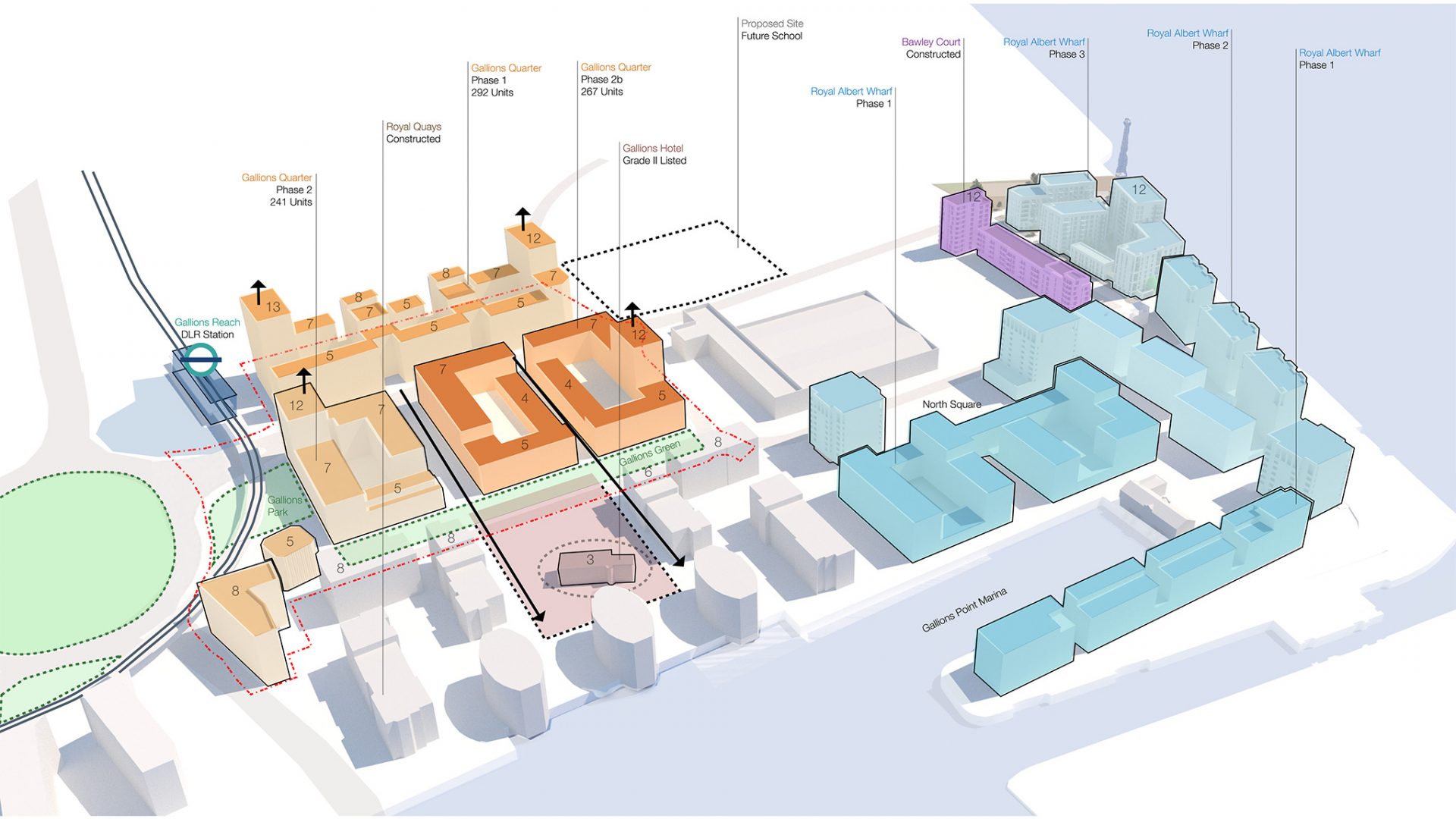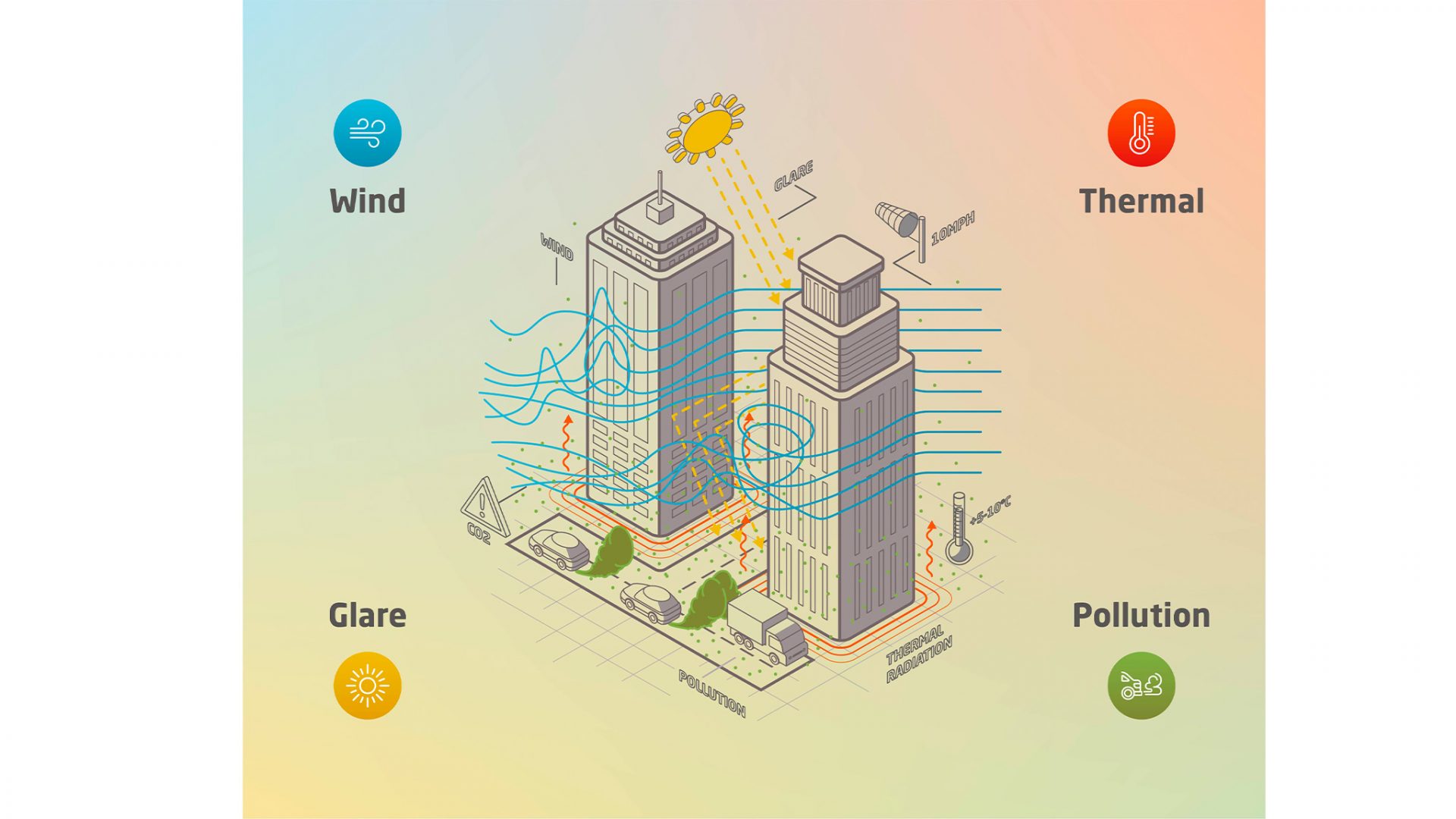When I heard that LFA 2020’s theme was Power – the first image that came to mind was the animation of the creation of Adam from the Sistine Chapel which was used for many years for the opening credits of Alan Yentob’s Imagine on BBC2. The figure of God represents the ultimate power, but what connected it to the Festival for me was the buzz and crackle of energy as God’s and Adam’s fingers touched.
Power is the speed with which energy is delivered and what excites me about the London Festival of Architecture in particular and about London as a whole is the massive amount of energy created by the interaction of people and ideas. The Imagine intro neatly described that buzz; a buzz that is generated by London’s diversity, its density and its amazing, world-beating, culture.
The spark that unites Michelangelo’s two figures might also be seen to represent a digital connection, the synapses of the city that link us together in an increasingly smart and connected metropolis.
There are of course darker meanings behind the title of Power and it is depressing to see the way it is being wielded right now, whether in Hong Kong, India, Westminster or Washington. Perhaps these manifestations are a temporary blip, but I worry they are not.
I do, though, have faith in the power of culture to imagine a progressive world, and in the citizens who engage in it to deliver a future that is more sustainable, more just and more diverse. I am proud that the power of the London Festival of Architecture lights up that world as it brings people together to shape a better city.







